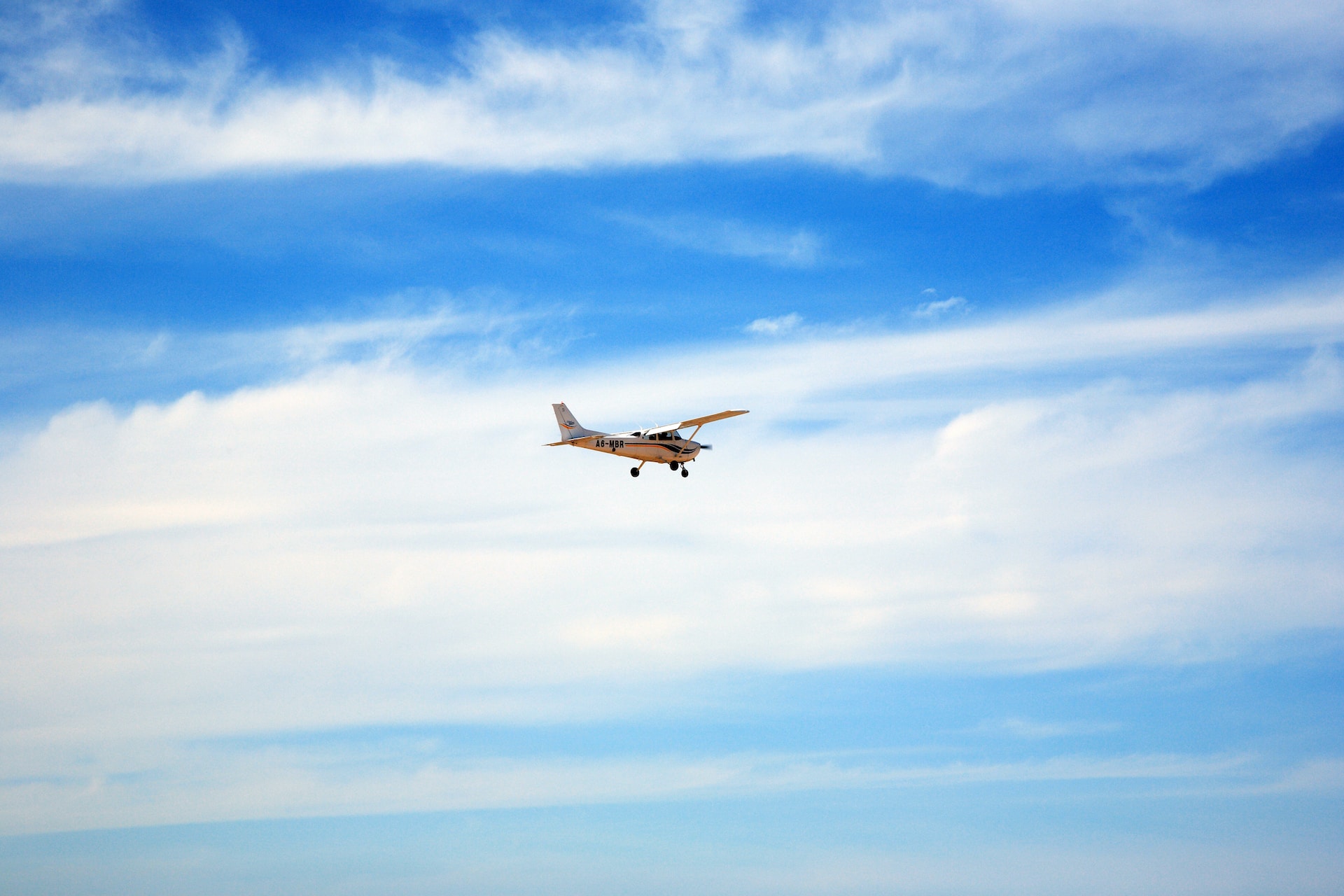
How has aircraft design evolved over the years? Aircraft design has transformed dramatically from the early days of wooden frames and fabric wings to today's sleek, high-tech marvels. Early aircraft were simple, often resembling kites with engines. World War I pushed innovation, leading to stronger materials and better aerodynamics. By World War II, metal construction and advanced engines became standard. The jet age brought faster, more efficient planes, revolutionizing air travel. Modern aircraft now feature composite materials, advanced avionics, and improved fuel efficiency. These changes have made flying safer, faster, and more accessible. Let's explore 12 key facts about this incredible journey.
Key Takeaways:
- From wood and fabric to advanced composite materials, aircraft design has evolved significantly over the years, leading to lighter, more efficient, and environmentally friendly airplanes.
- The development of jet engines revolutionized air travel, paving the way for faster and more efficient commercial and military aircraft, shaping the modern aviation industry.
Early Beginnings of Aircraft Design
Aircraft design has come a long way since the Wright brothers' first flight. Let's explore some fascinating facts about the evolution of aircraft design.
-
The Wright brothers' first flight in 1903 lasted only 12 seconds and covered 120 feet. This marked the beginning of powered flight.
-
Early aircraft were made of wood and fabric, making them lightweight but fragile. These materials were chosen for their availability and ease of construction.
-
The first commercial flight took place in 1914, from St. Petersburg to Tampa, Florida. The aircraft used was a Benoist XIV, a small biplane.
World War I and Its Impact
The First World War significantly accelerated advancements in aircraft technology. Here are some key developments from that era.
-
During WWI, aircraft designs shifted from reconnaissance to combat roles, leading to the development of fighter planes. These aircraft were equipped with machine guns synchronized to fire through the propeller.
-
The introduction of metal structures began during WWI, improving durability and performance. The Junkers J.I was one of the first all-metal aircraft.
-
Biplanes were the dominant design during WWI due to their structural strength and maneuverability. However, they were eventually phased out in favor of monoplanes.
The Golden Age of Aviation
The period between the two World Wars saw significant advancements in aircraft design and technology.
-
Charles Lindbergh's solo transatlantic flight in 1927 in the Spirit of St. Louis showcased the potential for long-distance air travel. This flight covered 3,600 miles in 33.5 hours.
-
The development of retractable landing gear in the 1930s reduced drag and improved aircraft speed and efficiency. The Boeing 247 was one of the first commercial aircraft to feature this innovation.
-
The introduction of pressurized cabins in the 1930s allowed aircraft to fly at higher altitudes, improving passenger comfort and safety. The Boeing 307 Stratoliner was the first commercial aircraft with a pressurized cabin.
Jet Age and Modern Innovations
The advent of jet engines revolutionized aircraft design, leading to faster and more efficient air travel.
-
The first jet-powered aircraft, the Heinkel He 178, took flight in 1939. This marked the beginning of the jet age, which transformed both military and commercial aviation.
-
The Boeing 707, introduced in 1958, was the first successful commercial jetliner. It set the standard for future airliners with its swept-wing design and powerful jet engines.
-
Modern aircraft design focuses on fuel efficiency and environmental impact. Innovations like composite materials and advanced aerodynamics have led to lighter, more efficient aircraft such as the Boeing 787 Dreamliner.
The Future of Aircraft Design
Aircraft design has come a long way since the Wright brothers' first flight. From aerodynamics to materials science, every aspect has seen incredible advancements. Composite materials have made planes lighter and stronger, while aerodynamic improvements have boosted fuel efficiency. Fly-by-wire systems have revolutionized control, making flying safer and more reliable.
Looking ahead, electric propulsion and autonomous flight are set to change the game even further. These innovations promise to reduce emissions and make air travel more accessible. Supersonic jets might make a comeback, cutting travel times drastically.
The journey of aircraft design is far from over. With ongoing research and development, the skies will continue to see groundbreaking changes. Keep an eye out for the next big leap in aviation technology. The future of flight is bright, and it's just taking off.
Frequently Asked Questions
Was this page helpful?
Our commitment to delivering trustworthy and engaging content is at the heart of what we do. Each fact on our site is contributed by real users like you, bringing a wealth of diverse insights and information. To ensure the highest standards of accuracy and reliability, our dedicated editors meticulously review each submission. This process guarantees that the facts we share are not only fascinating but also credible. Trust in our commitment to quality and authenticity as you explore and learn with us.


